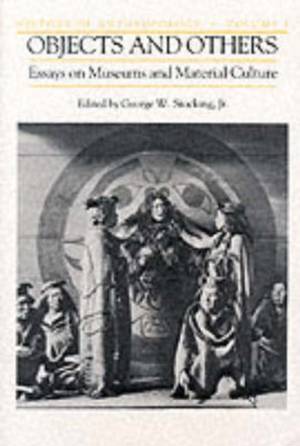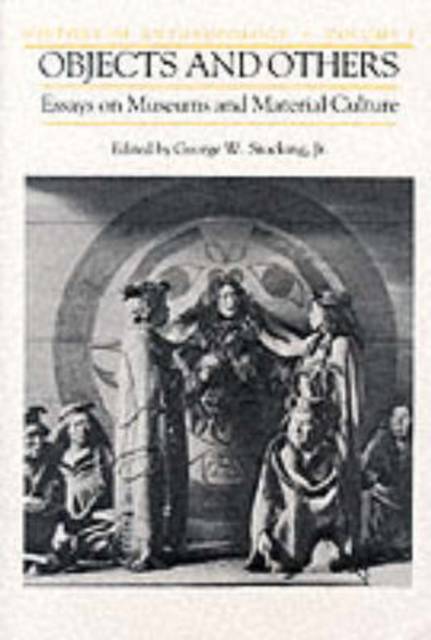
Door een staking bij bpost kan je online bestelling op dit moment iets langer onderweg zijn dan voorzien. Dringend iets nodig? Onze winkels ontvangen jou met open armen!
- Afhalen na 1 uur in een winkel met voorraad
- Gratis thuislevering in België vanaf € 30
- Ruim aanbod met 7 miljoen producten
Door een staking bij bpost kan je online bestelling op dit moment iets langer onderweg zijn dan voorzien. Dringend iets nodig? Onze winkels ontvangen jou met open armen!
- Afhalen na 1 uur in een winkel met voorraad
- Gratis thuislevering in België vanaf € 30
- Ruim aanbod met 7 miljoen producten
Zoeken
Objects and Others
Essays on Museums and Material Culture Volume 3
€ 30,95
+ 61 punten
Omschrijving
History of Anthropology is a series of annual volumes, inaugurated in 1983, each of which treats an important theme in the history of anthropological inquiry. Objects and Others, the third volume, focuses on a number of questions relating to the history of museums and material culture studies: the interaction of museum arrangement and anthropological theory; the tension between anthropological research and popular education; the contribution of museum ethnography to aesthetic practice; the relationship of humanistic and anthropological culture, and of ethnic artifact and fine art; and, more generally, the representation of culture in material objects. As the first work to cover the development of museum anthropology since the mid-nineteenth century, it will be of great interest and value not only to anthropologist, museologists, and historians of science and the social sciences, but also to those interested in "primitive" art and its reception in the Western world.
Specificaties
Betrokkenen
- Uitgeverij:
Inhoud
- Aantal bladzijden:
- 240
- Taal:
- Engels
- Reeks:
- Reeksnummer:
- nr. 3
Eigenschappen
- Productcode (EAN):
- 9780299103248
- Verschijningsdatum:
- 15/12/1988
- Uitvoering:
- Paperback
- Formaat:
- Trade paperback (VS)
- Afmetingen:
- 156 mm x 229 mm
- Gewicht:
- 381 g

Alleen bij Standaard Boekhandel
+ 61 punten op je klantenkaart van Standaard Boekhandel
Beoordelingen
We publiceren alleen reviews die voldoen aan de voorwaarden voor reviews. Bekijk onze voorwaarden voor reviews.










